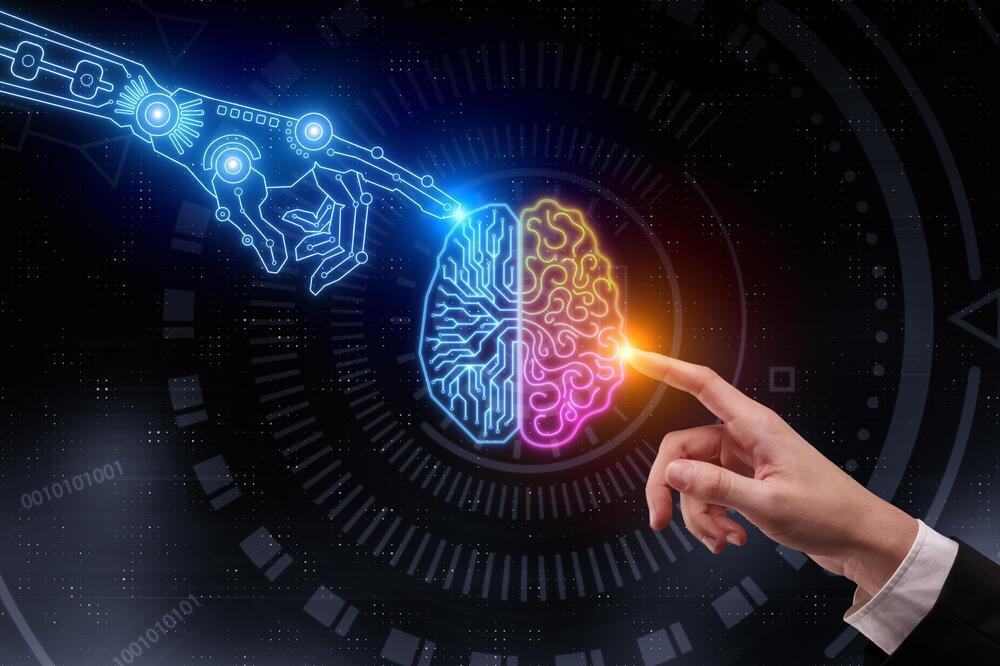Join top executives in San Francisco on July 11–12, to hear how leaders are integrating and optimizing AI investments for success. Learn More
In January, new reports on Apple’s long-awaited augmented reality/virtual reality headset were released. And if what’s in these reports is even partially true, Apple is poised to give the world one of the most jaw-dropping, powerful pieces of technology in history (again) — which is why it was a bit surprising that this news didn’t make more of a splash.
This is the same company that has fans enter lotteries for tickets to corporate keynote addresses! Yet, outside of the usual tech blogs and a few newspaper columns, the future of Apple’s AR/VR device went largely unnoticed.






